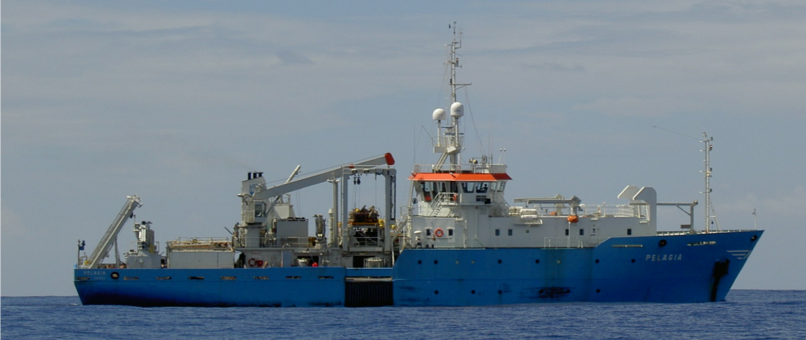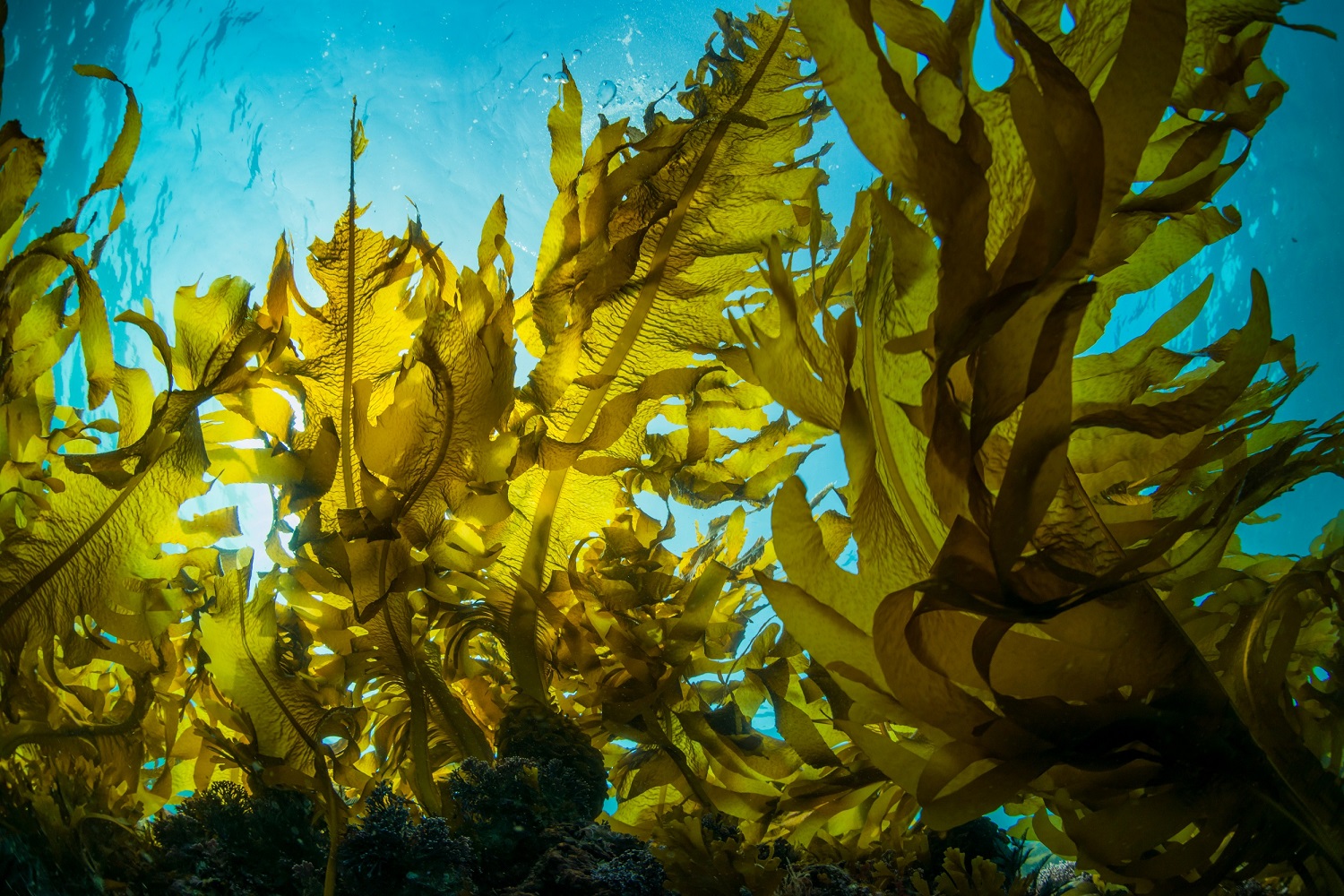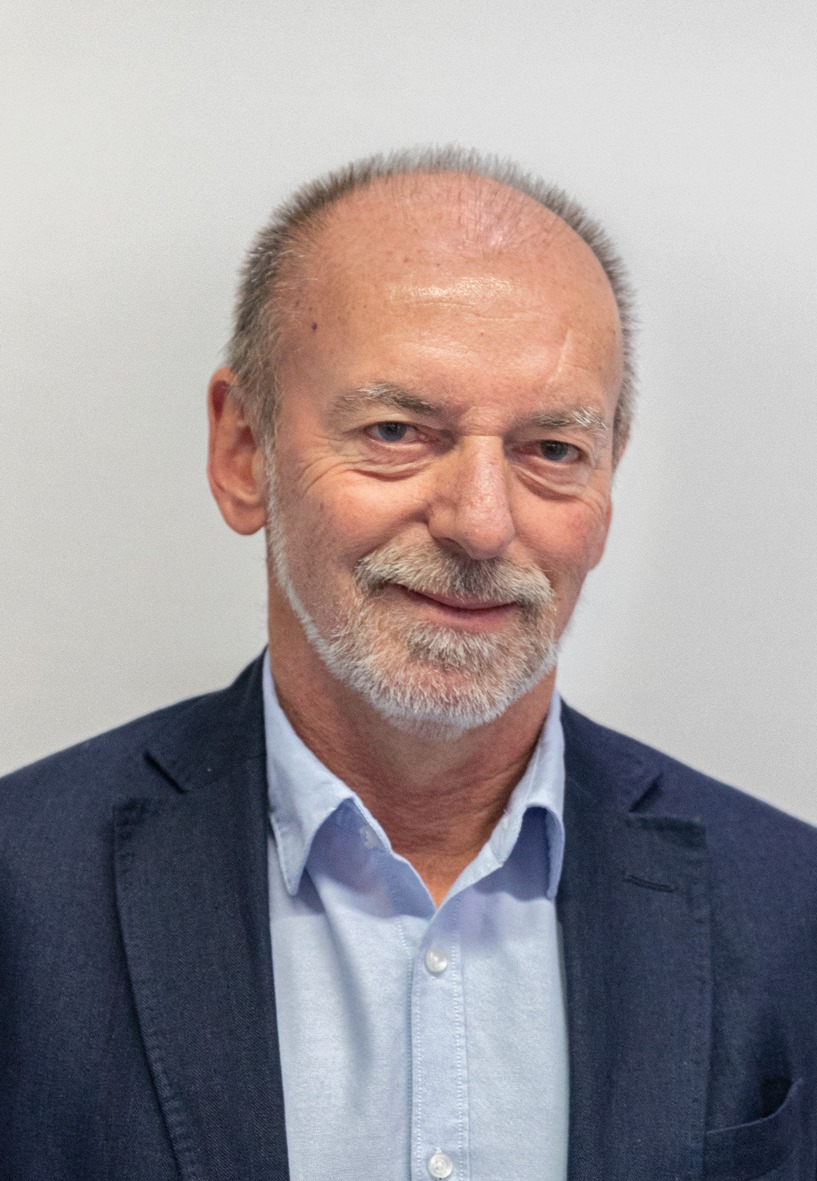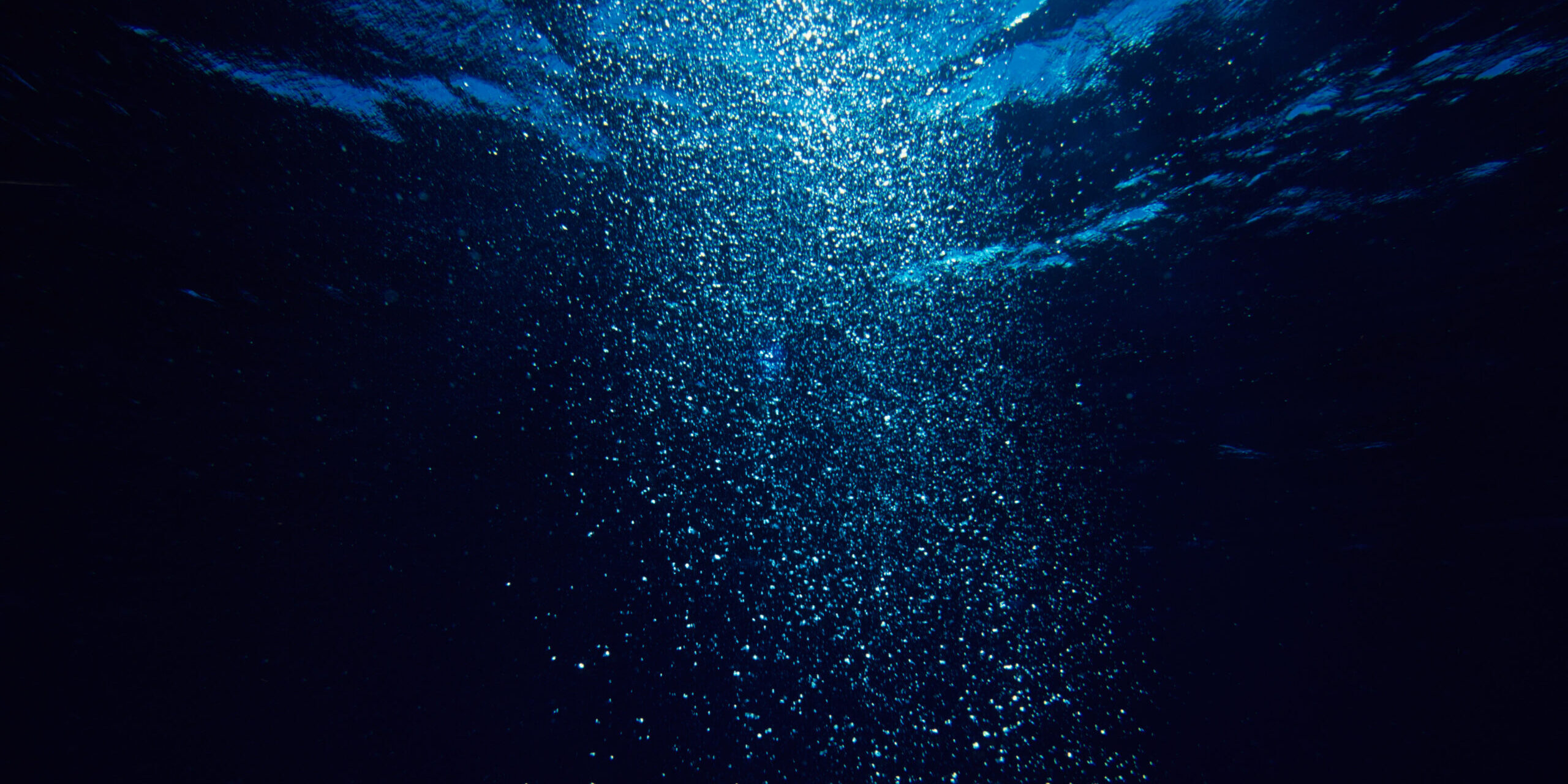By Thomas Zauner
The ocean stores many times more carbon than the atmosphere, yet many of the mechanisms behind its carbon cycles are not yet fully understood. For over three decades, Gerhard Herndl from the University of Vienna has been studying the microbial life in the deep sea and how it can help to explain where the carbon goes and how this influences the climate.
Not everything that sinks into the ocean’s depths is lost forever. On the contrary, millions of tons of carbon are stored in the biggest ecosystem on the globe, the deep sea, as part of complex cycles of exchange spanning millennia. Despite years of research, much of its details remain unknown, especially how different kinds of stored carbon are being introduced, stored, sequestered, and released. Gerhard Herndl and his team have been working on what role microbes play in these carbon cycles. With their new research project NEREIDES, funded by the European Research Council, they are setting out to retrieve new insights into this crucial ecosystem from the depths of the sea.
Important Role for the atmosphere
These carbon cycles play a crucial role in regulating the carbon dioxide concentration in the atmosphere and thus in changing the climate on long time scales. Their understanding informs considerations of how to increase the removal of carbon from the atmosphere. This is especially important in light of the fact that atmospheric carbon levels will only decrease extremely slowly by natural means even if global society reaches net zero emissions. However, Herndl cautions against seeing the ocean as a simple carbon sink deterring actual greenhouse gas emission reduction.

It’s snowing in the Deep Sea
“The ocean is the largest active carbon reservoir on the planet containing fifty times more carbon than the atmosphere,” Herndl explains. “And there are several different ways carbon can enter the ocean.” Phytoplankton on the surface capture carbon dioxide via photosynthesis. When dead, they form ‘marine snow’ and sink to the ocean floor together with other organic remains of animals and plants. While the global amount of phytoplankton is enormous, almost all of the carbon they store gets eaten, metabolized, and turned back into carbon dioxide on their way down into the depths.
Carbon can also enter the ocean through dissolution of gaseous carbon dioxide into water. It can also be released back into the air, depending on its concentration, which is controlled by environmental factors as well as the metabolism of the organisms inhabiting the upper ocean. This is currently being driven by the anthropogenic increase of carbon dioxide concentration in the atmosphere leading to ocean acidification. It is this which threatens corals and other marine animals.
“While the mechanisms around marine snow and direct carbon dioxide exchange have been studied for a while, there still remain many mysteries about the microbial carbon cycle in the deep sea,” Herndl adds. “One of the biggest open questions is how the estimated demand of organic carbon by the deep-sea organisms can be met in the deep sea. The influx of carbon sinking into the ocean’s interior is much lower than what is apparently being consumed. This mismatch in our currently available data is an unsolved problem.”

Herndl’s Search: Finding the Missing Carbon
One current candidate for the missing carbon is organic carbon suspended deep in the ocean. Herndl adds, “We are not sure why this organic carbon is not being metabolized more efficiently.” Research indicates that it is produced by a wide variety of bacteria, archaea, and even fungi in a process called the microbial carbon pump. There are different theories that try to explain its exact origins.
It could be that the diversity of carbon molecules is just so immense in the deep sea and that only certain microbes can use them, so that in the vastness of the ocean the organisms cannot find the molecules they can eat. Also, the microbes’ waste still contains organic carbon molecules but usually of lower complexity and with less energy content. The remaining organic carbon may just be the unusable remnants of their consumption.
In their current research project NEREIDES—funded by Herndl’s second ERC Advanced Grant after his first in 2010—the scientists will go on two expeditions in the North Atlantic to take measurements of deep-sea carbon. There, they are concentrating on the larger particulate carbon particles and study their origins and interactions with the microbial carbon pump. This could also help scientists to better understand how the ocean’s carbon cycles interact with human efforts of drawing more carbon dioxide from the atmosphere into the oceans.
Chances and Risks of Ocean Carbon Sinks
“I am part of the Ocean Negative Carbon Emissions—ONCE—initiative of the UN, in which we discuss and study various methods of increasing the ocean’s carbon intake to combat climate change,” says Herndl. “There are many proposed schemes from reforesting mangroves and seaweed, to increasing algal growth using the inorganic nutrients stored in the deep ocean, to changing the acidity of the sea using minerals for it to then dissolving in more carbon from the atmosphere.”

The scientist takes a sceptical stance towards many technological solutions of carbon dioxide removal. For example, he and his team showed that increasing algal growth using deep-sea nutrients and then harvesting them to store them in the deep ocean does not work as planned. The concentrated carbon in the algae gets metabolized quickly and is again releases into the atmosphere. “Planting mangroves and seaweed helps biodiversity, but does not store much carbon in the long run,” Herndl adds. “Changing the ocean’s acidity would require such enormous amounts of minerals to be dumped into it that this cannot be economically feasible—not to speak of unforeseen ecological effects.”
While many researchers like Herndl are critical of these efforts, there are companies and countries pushing for these solutions, as such negative emissions have already been included in the Paris Agreement’s climate targets. Herndl sees himself as a voice for scientific rigor and fundamental research. “Scientists must take care to not become complicit in delaying the necessary transformation of the economy into an actually sustainable one with zero emissions by doing research that suggest technical solutions of capturing and storing carbon from the atmosphere to combat the climate crisis,” he cautions. “Marine carbon sinks should not be seen as technological solutions when the problem’s root of continued carbon emissions is not being sufficiently addressed by politics.”
Both Herndl’s research and his policy work are supported by the Environmental and Climate Research Hub (ECH). He adds, “The hub provides us with a great platform for interdisciplinary exchange. I have been learning about methane production in marshes or the distribution of microplastics in the environment.”

Gerhard Herndl is Professor Emeritus of Marine Biology and heading the Microbial Oceanography Group at the Department of Functional and Evolutionary Ecology at the University of Vienna, Austria. He is also an Adjunct Senior Scientist at the Royal Netherlands Institute for Sea Research, with which he collaborates for his research expeditions. He also is a member of the UN initiative Ocean Negative Carbon Emissions (ONCE). In 2024, he was awarded his second grant by the European Research Council for his research project “NEutRally buoyant ParticlEs In the DEep Sea: turnover, origin and global impact on the marine carbon cycle” (NEREIDES) which will study the particulate matter content in the deep ocean in the North Atlantic with two research expeditions. Herndl is a member of the Management Board of the Environmental and Climate Research Hub (ECH) at the University of Vienna.
Further Reading
- Life in the most extreme places: Thriving at the limits of life (Article with Gerhard Herndl)
🛈 In a Nutshell
- The ocean stores fifty times as much carbon as the atmosphere but many details of its various carbon cycles remain unknown. Specifically, there is a mismatch between the carbon consumption and the carbon supply in the deep sea.
- Gerhard Herndl studies how microbes metabolize carbon in the deep sea and their role in solving the problem of the deep-sea carbon mismatch.
- Herndl is part of the UN initiative Ocean Negative Carbon Emissions (ONCE). There, he cautions against solely technical solutions for the climate crisis that focus on capturing and storing carbon in the ocean.
